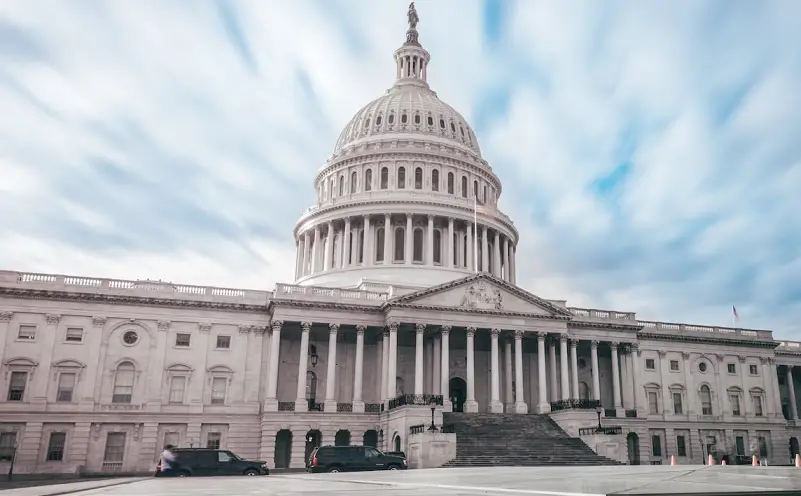As a result of growing costs associated with its aging population and increased interest payments due to rising interest rates, the US national debt may increase by $19 trillion over the next decade, exceeding $54 trillion, according to the most recent study from the Congressional Budget Office (CBO). In December, the debt surpassed $34 trillion.
The CBO projects that the annual shortfall will rise to $2.6 trillion in 2034, up from $1.6 trillion this year, adding $18.9 trillion to the national debt during the decade. This is one of the major factors that will likely lead to a further surge in the national debt.
Phillip Swagel, the director of the CBO, informed reporters last week that the United States was still on course to accumulate more debt in 2034 relative to its total economic output than at any previous point in its history. Cited by the New York Times, Phillip Swagel said, “The first message of the projections is a familiar one: that the fiscal trajectory is daunting. On the other hand, it is a little bit less bad than it was in our projections last year.”
The estimates from the budget office come as Congress is set to meet again next month to finalize legislation pertaining to federal spending. The issue of giving Israel and the Ukraine greater aid has recently sparked a contentious debate among lawmakers.
Concurrently, US interest rates surged to two-decade highs in the last year, contributing significantly to the nation’s debt from borrowing expenses. The CBO estimates that between 2024 and 2034, interest expenses in the US will cost more than $12 trillion. As a percentage of the US GDP, net interest costs will start to rise next year, the budget office predicted, more than at any other point since the federal government began keeping data in 1940.
According to Swagel, “Also boosting deficits are two underlying trends: the aging of the population and growth in federal health care costs per beneficiary. Those trends put upward pressure on mandatory spending.”
In January 2023, the United States of America surpassed its constitutionally mandated debt maximum of $31.4 trillion. Following months of dire economic warnings from the US Treasury, President Joe Biden signed a bipartisan debt agreement in June that lifted the cap until January 2025. In essence, this meant that the government could continue borrowing unrestrictedly into the following year. Less than two weeks after the bill was adopted, debt reached a peak of $32 trillion, and it has continued to rise ever since.

